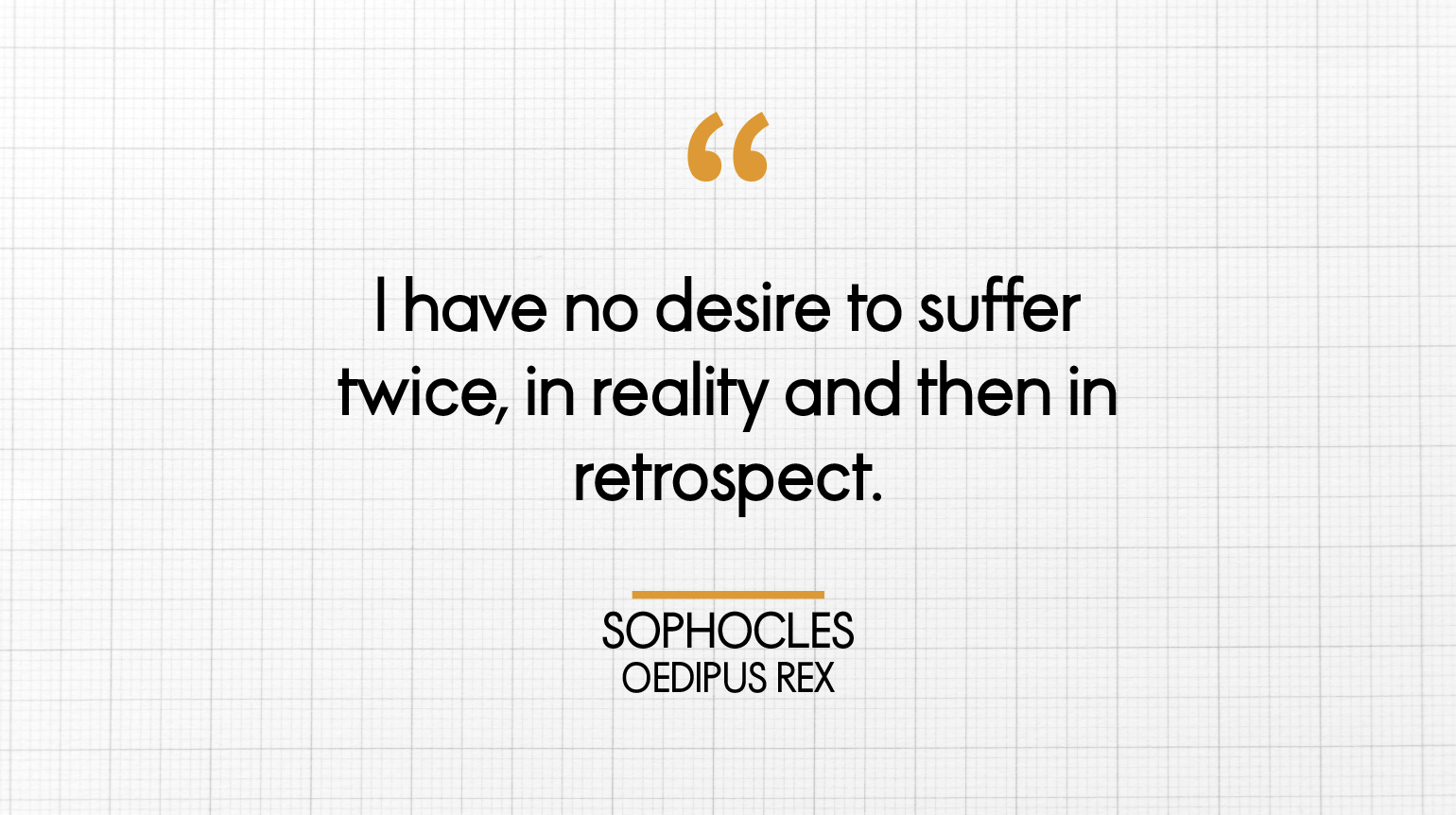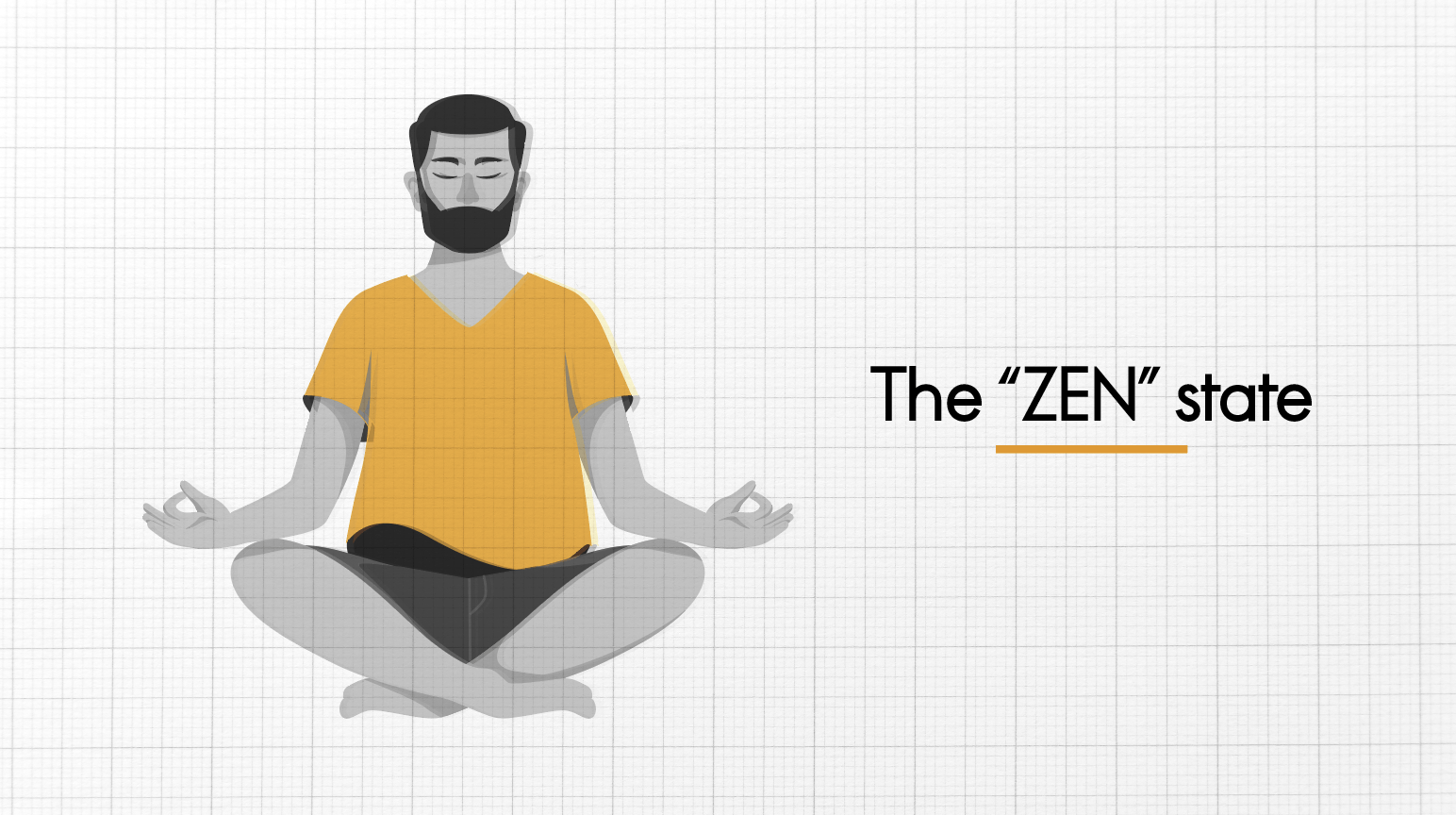
Yet we continue to look back!
Contrary to Sophocles, I do have a desire to suffer twice because I have often found great usefulness from the so-called suffering.
Hindsight is truly a gift, and the ability to do honest self-reflection quite often brings out patterns/unconscious behaviour which remains hidden in plain sight.
My apologies if I am sounding a bit like the scary psychiatrists and psychology experts who deal with the hidden parts of our personalities. This is not as serious stuff.
I was reflecting and wondering about the periods and situations where I was very successful and situations and periods where I was not as successful and even situations where I was an utter failure. I guess every professional (and every human being) will have similar stages.
The amplitudes and wavelengths of each may vary from person to person but almost everybody has successes and failures.
The more I reflect, the more I find that what we bring to a task apart from our innate competencies is the interplay of our energy and focus. Although both of them are internal and one feels that one is in full control of them, yet quite often there are external factors influencing both of them.
In the rest of this piece, I have tried to depict the various stages of energy-focus interplay that I have felt myself go through or have seen others go through. One caveat, whatever I write will be coloured by my unconscious bias and hence nothing is meant with a sense of finality or an absolute truth.
The state of Being Passive:
It is a combination of low energy and low focus. It is a situation/period when one is going through the motions. Attending routine work, attending meetings basically holding the fort without taking the initiative to engage with the bigger cause, holding back and not raising the level of energy and hence the performance. Quite often I have seen it causes a decline in the standards of performance. It may be caused by fear- fear of failure or some past unpleasant experience with failures when initiatives were taken. A bit like once bitten, twice shy. However practical it may sound but it doesn’t help make the current situation better.
The Dissatisfied State:
It is generally the state of being high focus and low levels of energy. It is often demonstrated when we are doing a task/project which has very little meaning for us and therefore it is very difficult to hold our commitment. This creates a dissatisfied/disengaged state. The only way one responds to it is through half-heartedness. As a result, there is a lingering sense of frustration, and anger and I have often found myself to be emotionally high strung during these phases. Therefore, there are quite often chances of burnout. I have often wondered about the role of the organizations, teams, and managers in precipitating such a state in an employee. As a manager and leaders, the bigger question to ask of ourselves is – “are we pushing enthusiasts to a state of dissatisfaction by eliminating free thinking/creativity and by pushing through meaningless tasks?”
The over-energized state:
This is a state high on energy but low on focus. As a result, there is a sense of action in this phase. This is where we confuse frenzied motion with constructive action. Individuals as professional/managers/leaders here feel the desperate need to demonstrate action. Quite often we justify all of this under the name of crisis management. I have experienced this with myself as well as with others, in this stage, the horizon of thinking is very short term as there is no time for contemplation. We feel more is less and hence we open multiple fronts and make stretch commitments and as a result, there is chaos, dysfunction, and waste. Although I don’t think that such a state happens only during a crisis. Sometimes in organisations and teams we unwantedly (and in some cases knowingly) pass on the encouragement and even reward for the frenzied activity. In such cases, we are likely to see aggressive behaviour, lack of tolerance, impatience, and disregard for medium-term consequences as sure-shot symptoms.

The “Zen” state:
This is the highly desirable state of high energy and high focus. Of the best moments that I have had in my working life and the outcomes that have the highest positive impact, have come out because, for the maximum duration of the task, I have been able to operate out of this state. In this state, one is absolutely clear about the task, and its sense of purpose and is fully aligned with the objectives. As a result, most often there is a breakthrough and achievement of critical objectives with medium to long term consequences. There is a greater display of willpower, mindfulness of the time spent, and greater awareness about the risks and therefore higher ability to plan mitigations. I have also seen, quite curiously, that people/self in that state are very aware of self without being defensive about it. It's therefore easy to seek and give help in that state.
More I think about it and more I feel is that we demonstrate these states across our working life but it is also possible that we keep moving in and out of these states during the day. Therefore, the task is clear for individuals. To pause for a moment in the day and get a sense of what state they are in (it may have an impact on the quality of their decision). Also, when we judge somebody negatively, let's agree that it could be a transient state for the individual. Our current assessment may not be the final word.
As managers, I think it would help to know that our states would impact the teams and our colleague’s teams, and therefore if we can help each other create a more productive environment more breakthroughs will be possible.
RELATED TOPICS:#Apparel
Leave a comment
Our email address will not be published. Required fields are marked *







1 Comments
VipinApr 10, 2022 at 06:59 am
Well written... It actually forced to me think my current status... thanks for sharing it...